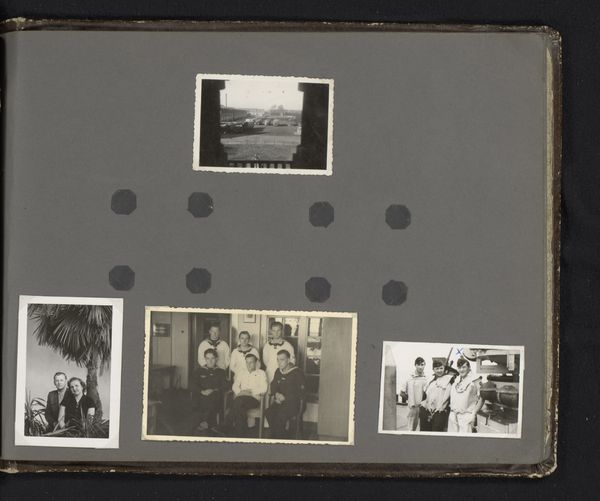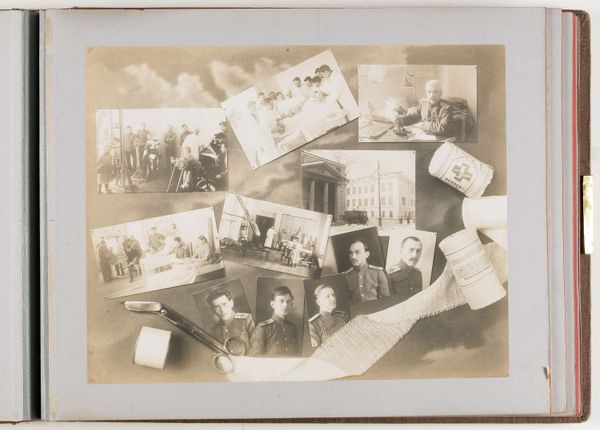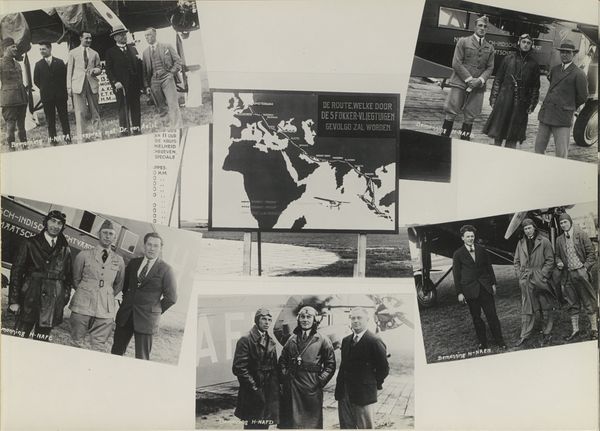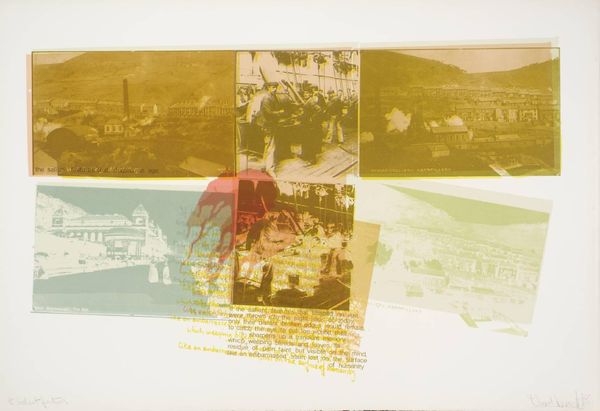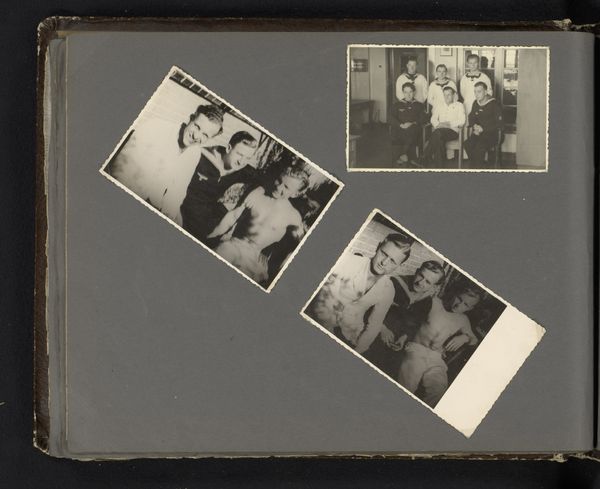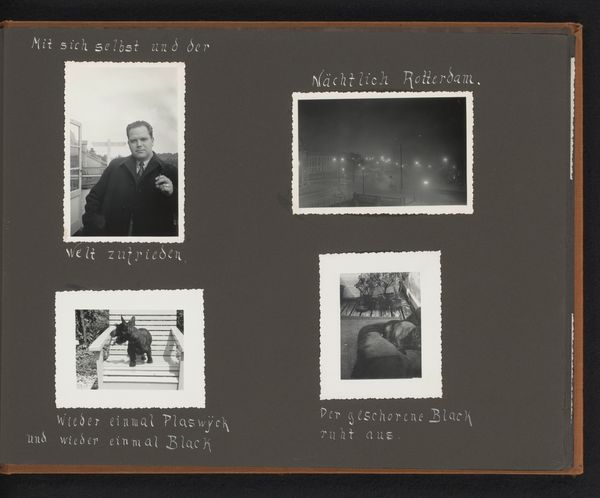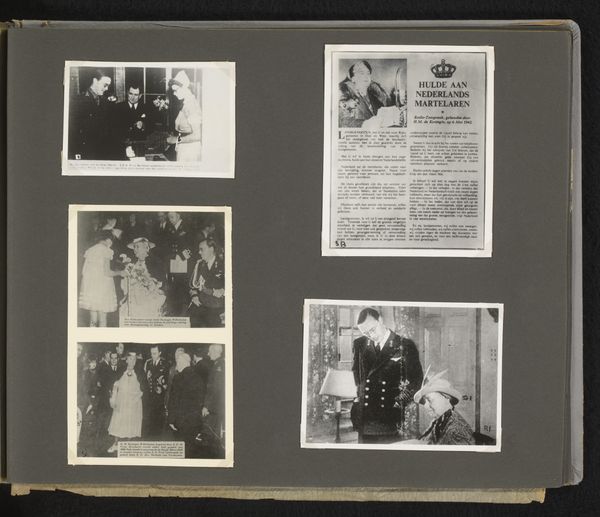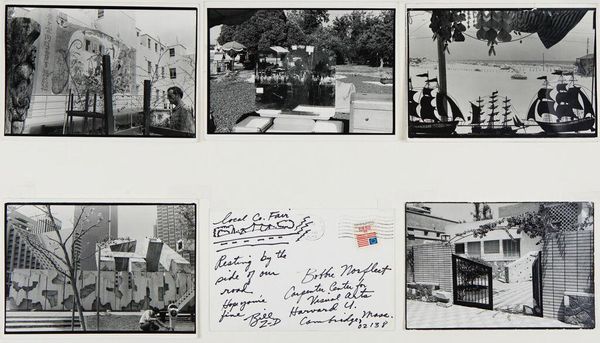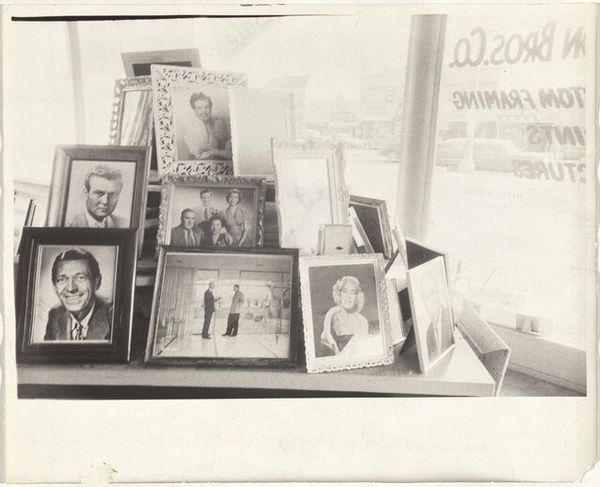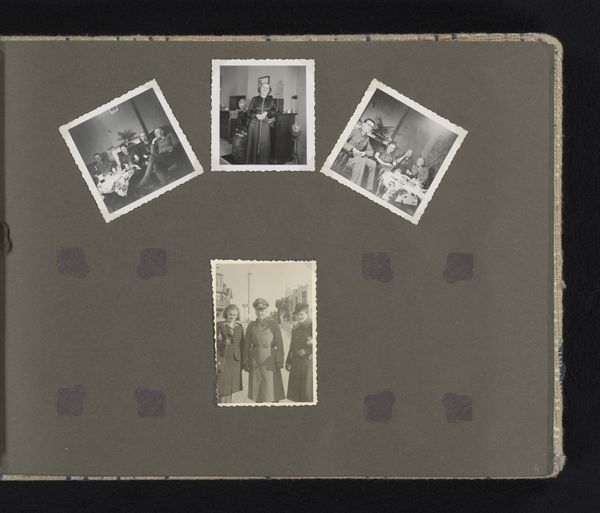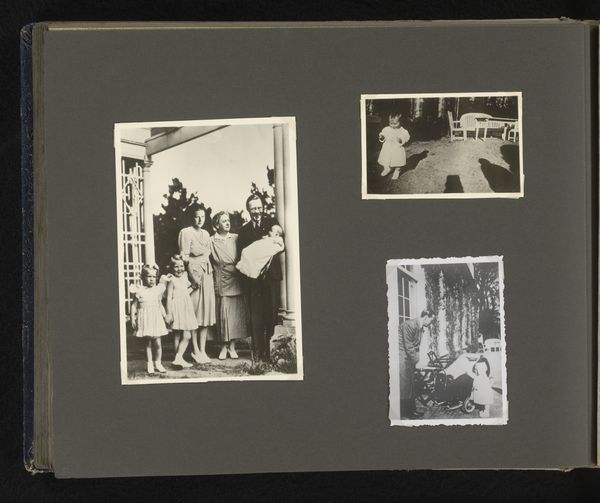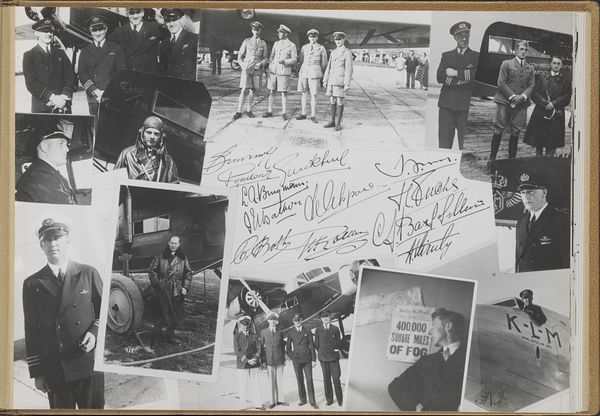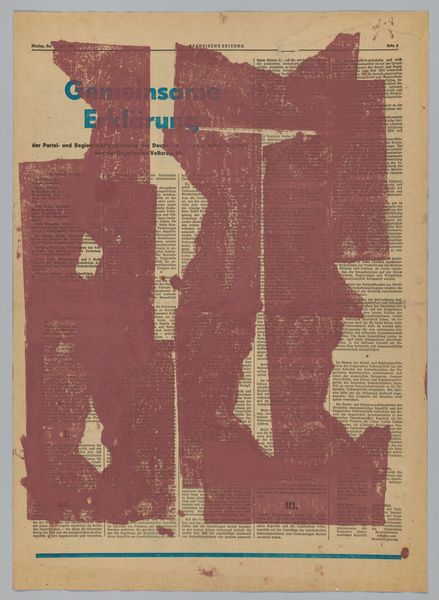
mixed-media, collage, print, paper, photography
#
portrait
#
mixed-media
#
contemporary
#
collage
#
narrative-art
# print
#
appropriation
#
paper
#
photography
#
neo-dada
#
black-mountain-college
#
pop-art
#
cityscape
Copyright: © 2019 Robert Rauschenberg Foundation. All right reserved.
Editor: Here we have Robert Rauschenberg's "Study for Currents #26" from 1970, a mixed-media collage incorporating print, photography, and paper elements. The monochromatic palette and newspaper fragments create a rather serious, almost somber, tone. What do you make of the composition, of how the individual parts fit together? Curator: Note how the fractured arrangements in the artwork invite exploration into materiality and deconstruction. Observe how Rauschenberg combines images from various newspapers—political figures, cityscapes, crime reports—juxtaposing them into a complex and ambiguous network of signs. This method creates an unresolved relationship, highlighting structural instability rather than unified narrative. How do you perceive the use of repetition, particularly within the lines of portraiture included? Editor: It seems like a commentary on mass media and the relentless cycle of news. The repetition of faces… maybe a suggestion about power structures or a lack of individuality? Is it a celebration, or is he being critical? Curator: One could argue that Rauschenberg, in breaking down pre-existing materials, initiates new meaning from those already produced. The artist doesn't create "from scratch"; instead, re-evaluating images found and repurposing what exists offers insight, I believe, into the language of art production and artifice itself. Notice, too, the contrasts: global conflict alongside local city life. Editor: So it is less about finding a message and more about dissecting how messages are built and interpreted. Curator: Precisely. Formal qualities become the message itself. The interaction between images is vital—they challenge pre-conceived assumptions. The fragmented news headlines offer not facts but semiotic prompts, directing toward diverse, contradictory interpretations, questioning objectivity itself. Editor: I never considered that, how much the medium becomes the central argument. This focus on structure helps to appreciate Rauschenberg's intent in a fresh manner. Curator: Exactly, and that’s precisely what this study enables: a deeper consideration of art’s underlying properties through direct analysis of materiality and presentation.
Comments
No comments
Be the first to comment and join the conversation on the ultimate creative platform.

